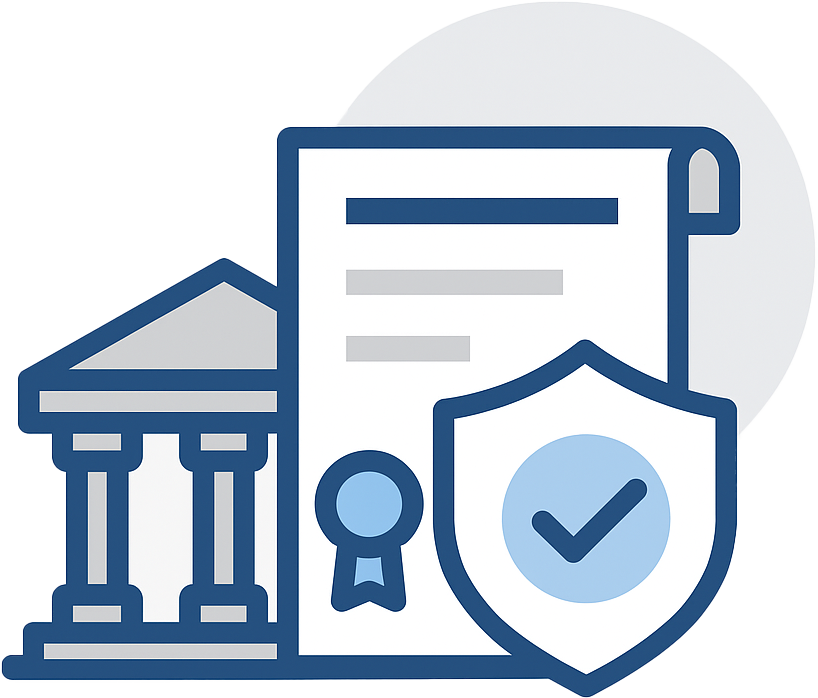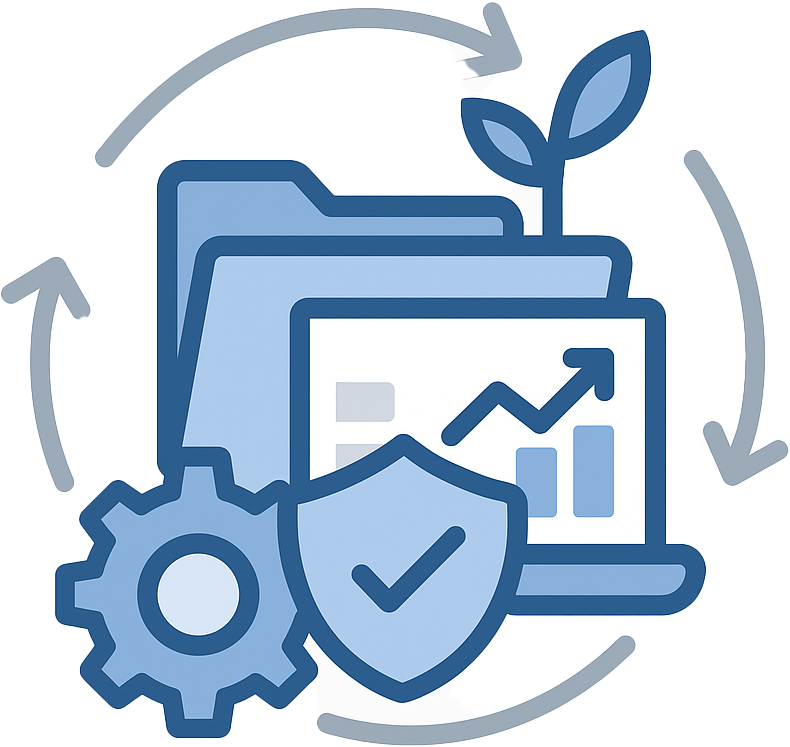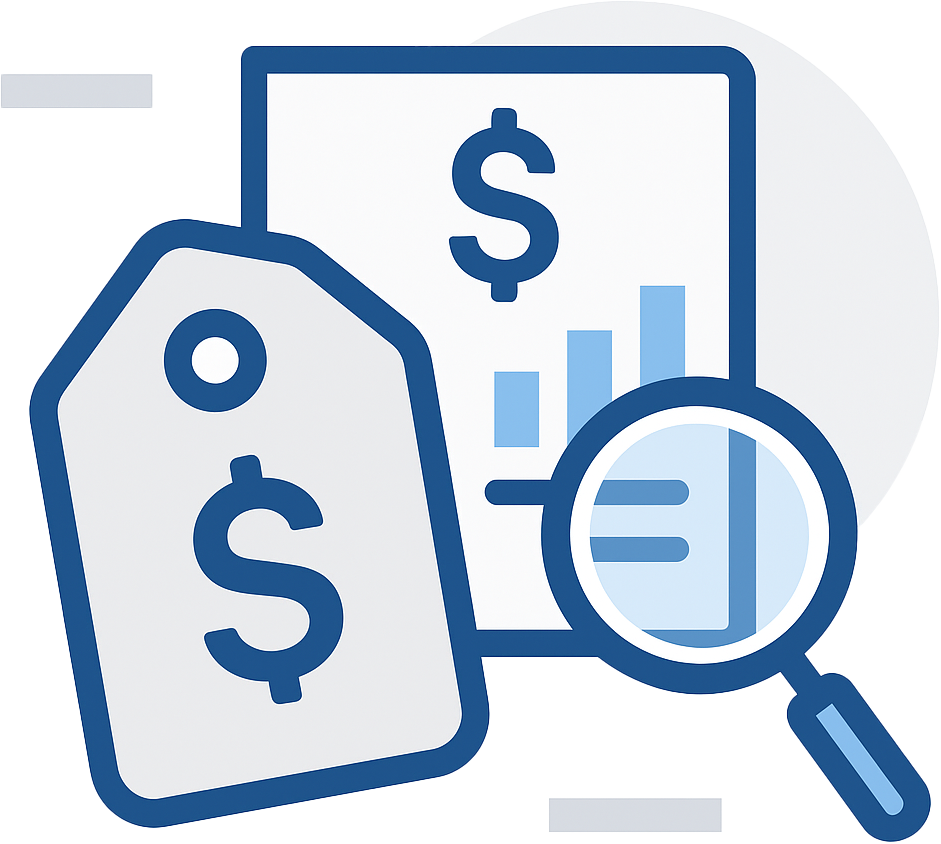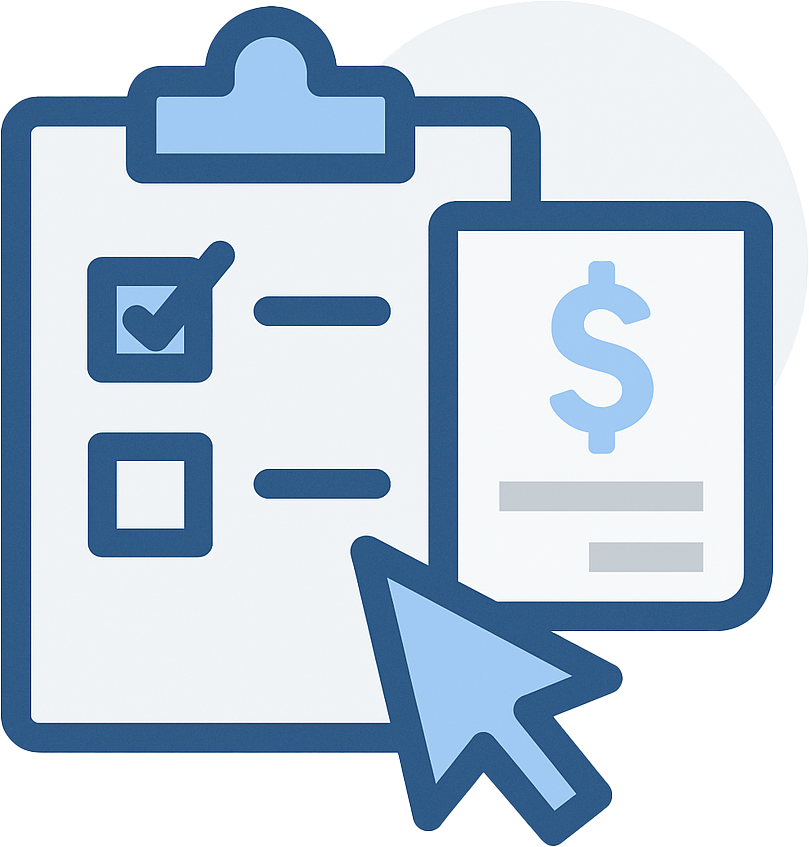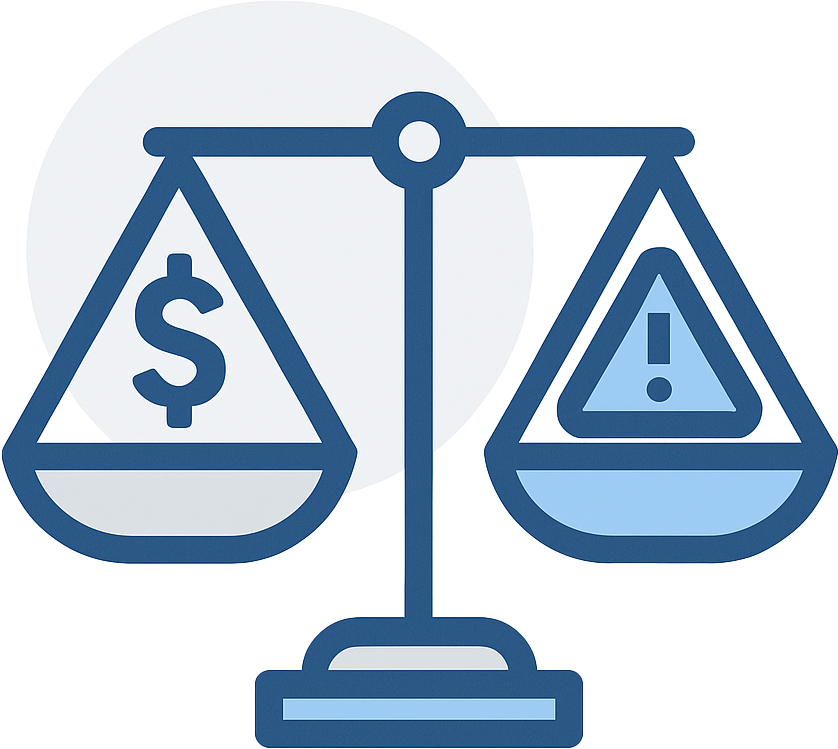AI in Environmental Compliance: Where GPT-5 Helps and Where It Falls Short
The arrival of ChatGPT-5 has a lot of people asking: Could we handle more of our compliance work in-house now? The short answer: Yes… and no.
And before we go any further... yes, we’re biased. We’re consultants. We don’t want to put ourselves out of work, but we also don’t want to lie to you. Saying “AI can do everything, good luck, you don’t need us anymore” would be neither true nor responsible. But it would also be dishonest to pretend GPT-5 isn’t capable of handling a lot on its own.
So, we’re here to give you a straight, open look at what GPT-5 can realistically help you take on yourself, and where you still need a human expert in the loop. The reality is, GPT-5 is faster, more accurate, and far better at handling complex instructions than its predecessors. It can help you build tools, crunch numbers, and organize your programs in ways that used to require custom software or hours of manual work. But it still makes mistakes (what AI developers call “hallucinations”), and in compliance, a small mistake can mean a big fine.
This is our honest take on where GPT-5 can truly help, where it can’t, and how to use it to get the best of both worlds. And if you want to start using AI for compliance while making sure the results are airtight, reach out to RMA - we can help you bridge that gap.
What is GPT-5?
If you’ve been living under a rock, here’s the quick version: ChatGPT is an artificial intelligence chatbot created by OpenAI. You type something into it, and it responds - in full sentences, paragraphs, even entire reports - like you’re having a conversation with a (very well-read) human.
Every few months, OpenAI releases a new iteration, or “model,” that’s more capable than the last. And as of August 7th, 2025, GPT-5 is here. It’s the most powerful, most accurate, most capable version yet. It can handle more complex requests, give more relevant answers, and even reason through multi-step problems better than earlier versions.
If you’ve never used it, the basic idea is simple: you type in your question, request, or instruction, and GPT-5 responds. That’s it. The magic (and the reason we’re talking about it in the context of environmental compliance) is what it can do with the right prompts and the right information behind it.

What Can GPT-5 Do For Your Environmental Compliance Program?
Let’s take a look at the top ways we expect to see companies use this new technology for their environmental programs:
Be part of the conversation, not a bystander
GPT-5 can help you walk into compliance discussions with a clearer understanding of the regulations, the data, and the process, so you’re not just nodding along while the technical talk flies overhead. You can use it to translate permit language before a meeting, summarize past correspondence so you know exactly what’s been said, or draft your own questions to send to your consultant. It’s not about running the process yourself, but about having enough clarity and preparation to follow the conversation, ask timely questions, and feel like an active part of what’s happening instead of a spectator.
Build your own compliance tools
One of the biggest shifts in GPT-5 is the ability to write complex code that you can use for applications, even if you’ve never seen a single line of code before! With plain-language prompts, you can now have GPT-5 generate functional dashboards (think emissions calculators, inspection trackers, or monitoring dashboards) complete with formulas and interactivity. In the past, you might have needed to hire a developer, but now you can get a working version in minutes and refine from there.
Speed up calculations
Whether it’s applying AP-42 emission factors, rolling up annual throughput totals, or cross-checking against permit limits, GPT-5 can walk through multi-step math and explain each step along the way. That makes it easier to verify the numbers and spot errors before they become compliance issues. It can also automate repetitive calculations across large datasets, saving hours of manual work, and even flag values that fall outside expected ranges so you know where to look first.
Draft important language faster
GPT-5 can be a powerful drafting partner for the “creative” side of compliance - the summaries, narrative sections, and proposal language that need to persuade, not just inform. It can help create confident justifications for why a project should be permitted, frame benefits in regulator-friendly terms, and strike the right tone in sensitive emails. With a few well-crafted prompts, you can quickly produce text that feels professional, cooperative, and on-point, then refine it with your expertise. It won’t replace knowing the regs or the audience, but it can get you 80% of the way there in a fraction of the time.
Translate regulations into usable guidance
If your team struggles to parse regulatory text (you're not alone!), GPT-5 can break it down into plain English so everyone understands what’s required and why. This makes the intent and meaning of the rule far clearer while still keeping the original regulation on hand for reference. It can even explain government code to a fifth grader if that’s what you need - all you have to do is ask, and it will reframe the language to match the knowledge level of your audience.
Model “what-if” scenarios
Thinking about adding a new process line, changing fuel types, or expanding into another state? GPT-5 can outline the likely regulatory impacts and help you start evaluating options early. You can even test multiple scenarios side by side to see which path might be least complicated from a compliance standpoint before committing resources. It’s not a substitute for final professional review, but it can save weeks of preliminary digging.

The Honest Reality Check
Even with GPT-5’s improvements, there are several truths compliance teams can’t ignore:
- Hallucinations still happen. AI can misread a table, misapply a formula, or confuse two similar regulatory terms. Even a small error can have big consequences in compliance.
- Regulations change. GPT-5’s knowledge has a cut-off date unless you feed it the latest text, and even then, it may misinterpret subtle updates or cross-references.
- Inspectors don’t care if “the AI said so.” You are still responsible for the accuracy of every calculation, report, and statement, no matter the tool used to create it.
- It doesn’t know your site. GPT-5 can’t see a corroded tank, a cracked containment wall, or a mislabeled drum - real-world conditions still require real-world inspection.
- Context matters. AI might apply a regulation correctly in one scenario but be completely wrong in another with slightly different site conditions or state-specific rules.
- Quality in equals quality out. If you feed it bad or incomplete data, the results will be unreliable no matter how sophisticated the model is.
- Confidence isn't everything. GPT-5 can sound confident even when it’s wrong, so you can’t rely on “how good it sounds” as proof it’s right.
Unless you’re prepared to comb through every AI-generated output with a fine-toothed comb and read the actual regulations yourself, you can’t assume the result will stand up in an audit or inspection. GPT-5 is a powerful assistant, but in environmental compliance, the human review step isn’t optional... yet.

How to Use GPT-5 Without Taking Yourself Out of Compliance
The safest way to bring AI into your environmental work is to treat it as a powerful assistant, not an autonomous decision-maker.
- Use AI for the grunt work. Let GPT-5 handle first drafts, formatting, repetitive calculations, and structuring data so your experts can spend their time on analysis and judgment. The more routine the task, the better AI can take it off your plate.
- Verify all outputs. Every calculation, interpretation, and statement still needs to be reviewed by someone who knows the regulations inside and out. Build “AI review” into your standard operating procedures so nothing slips through unverified.
- Document your oversight. Keep a record of what AI produced, who reviewed it, what changes were made, and which references were checked. This kind of paper trail shows diligence if a regulator ever asks how you arrived at a conclusion.
- Feed it the right information. AI works best when it has complete, accurate data. That means pulling from current permits, the latest regulations, and reliable monitoring records rather than outdated files or memory.
- Train your team. Make sure anyone using GPT-5 understands its limits, how to check its work, and when to escalate to a compliance professional. Consider having “AI power users” in-house who can help others get the best results.
- Match the task to the tool. Use GPT-5 for generating permit narratives, calculating emissions from clean data sets, or summarizing regulatory text... not for final legal interpretations or signing off on compliance reports.
- Stay in control of tone and messaging. If GPT-5 is helping draft communications to regulators, make sure a human shapes the final language so it’s consistent with your organization’s style, relationships, and strategic goals.
By following this kind of framework, you get the efficiency benefits of GPT-5 without introducing compliance risk, and you keep the ultimate responsibility, and the judgment calls, firmly in human hands.

The Bottom Line (and Where to Get Help!)
GPT-5 doesn’t make you a compliance professional overnight, but it does put more of the process in your hands. You can run more of your own calculations, understand the language in your permits, and draft clear, confident communications before you ever loop in a consultant. It gives you the autonomy to ask better questions, push for clearer answers, and stay actively involved when projects move forward. You’re no longer just watching from the sidelines while consultants and regulators go back and forth - you’re part of the conversation.
It’s still not enough to go completely solo. AI can get you closer to the goal, but you still need someone who’s fluent in the regs to make sure nothing critical is missed. Used well, GPT-5 levels the playing field, giving you the knowledge and confidence to be a main character in your own compliance story, while still keeping the experts in your corner when it matters most.
And that’s where RMA comes in. We can help you take the clarity and confidence GPT-5 gives you and turn it into airtight compliance, guiding you through the parts AI can’t see, catch, or interpret. Whether you’ve started a permit application on your own, run your own calculations, or just want to sanity-check what the AI produced, our team can step in to make sure it’s accurate, defensible, and ready for an inspector’s review. If you’re ready to play a bigger role in your compliance story without taking on all the risk, reach out to RMA and let’s make it happen.

